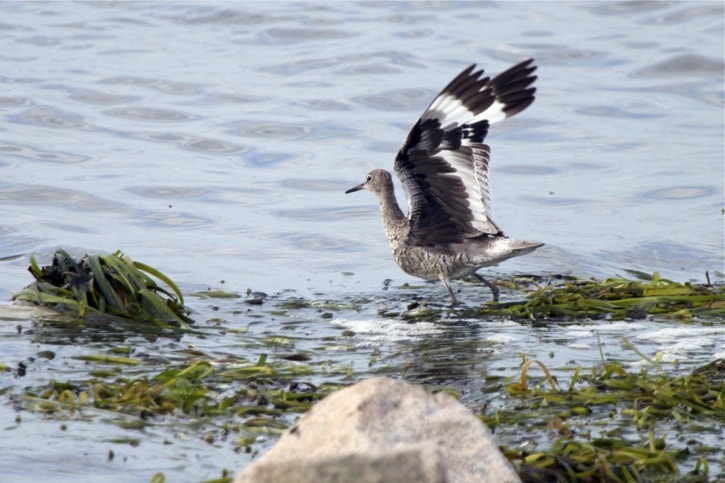We live on a planet highly influenced by cycles.
Life on earth basks in the sun’s heat and light and responds to the rhythm of long-duration solar and sun spot cycles. The earth spins and tilts on its axis, and the axis itself moves in cycles through space.
We define our waking and sleeping pattern on the earth’s 24-hour rotation.
The phases of the moon can affect the timing of animals giving birth and fish migrating up a river. Major variations in precipitation can result in droughts, fire, and flood, transform vegetation and set wildlife on the move.
All these natural fluctuations guide life on earth, and to understand how the world works and the impacts of a changing climate, we need to know how they interact.
This is a huge challenge for scientists.
Birds are good ecological indicators: abundant, ubiquitous and relatively easy to observe. They play a vital role in earth’s life cycle, as pollinators, seed dispersers, nutrient providers and prey.
Nearly 80 per cent of Canada’s birds are migratory. The northern boreal forest is the nursery of millions of North America’s birds and their collective life cycles encompass the full range of latitudes and virtually every climate zone.
The fact that many bird species are in trouble – and their numbers declining – should be a warning to us.
At the recent fifth North American Ornithological Conference in Vancouver, the 1,500 international scientists were challenged to answer the question of why so many migratory birds are declining by taking a whole-life-cycle perspective.
The Smithsonian Institute’s Peter Marra stressed the need to make the connection from breeding areas to tropical wintering grounds, and all the stopovers between.
According to Ian Davidson of Nature Canada, the longer the migration journey, the sharper the species decline.
To stop these trends, research and conservation efforts must flow all the way down the flyway.
The Fraser delta is a critical bird migration stopover between Alaska and South America. Not only do British Columbians have an enormous responsibility to protect its integrity and that of the international birds that use local habitats, but we should also consider those other countries that rely on the flyway and help them in their conservation efforts.
A sister site, Panama Bay, is currently under threat from coastal development that will destroy important mangrove swamps.
Concerned people can help by signing the petition on the Friends of Semiahmoo Bay website: www.birdsonthebay.ca
What goes around comes around.
Anne Murray, the author of two nature books available in local book stores, writes monthly in the Peace Arch News – www.natureguidesbc.com
